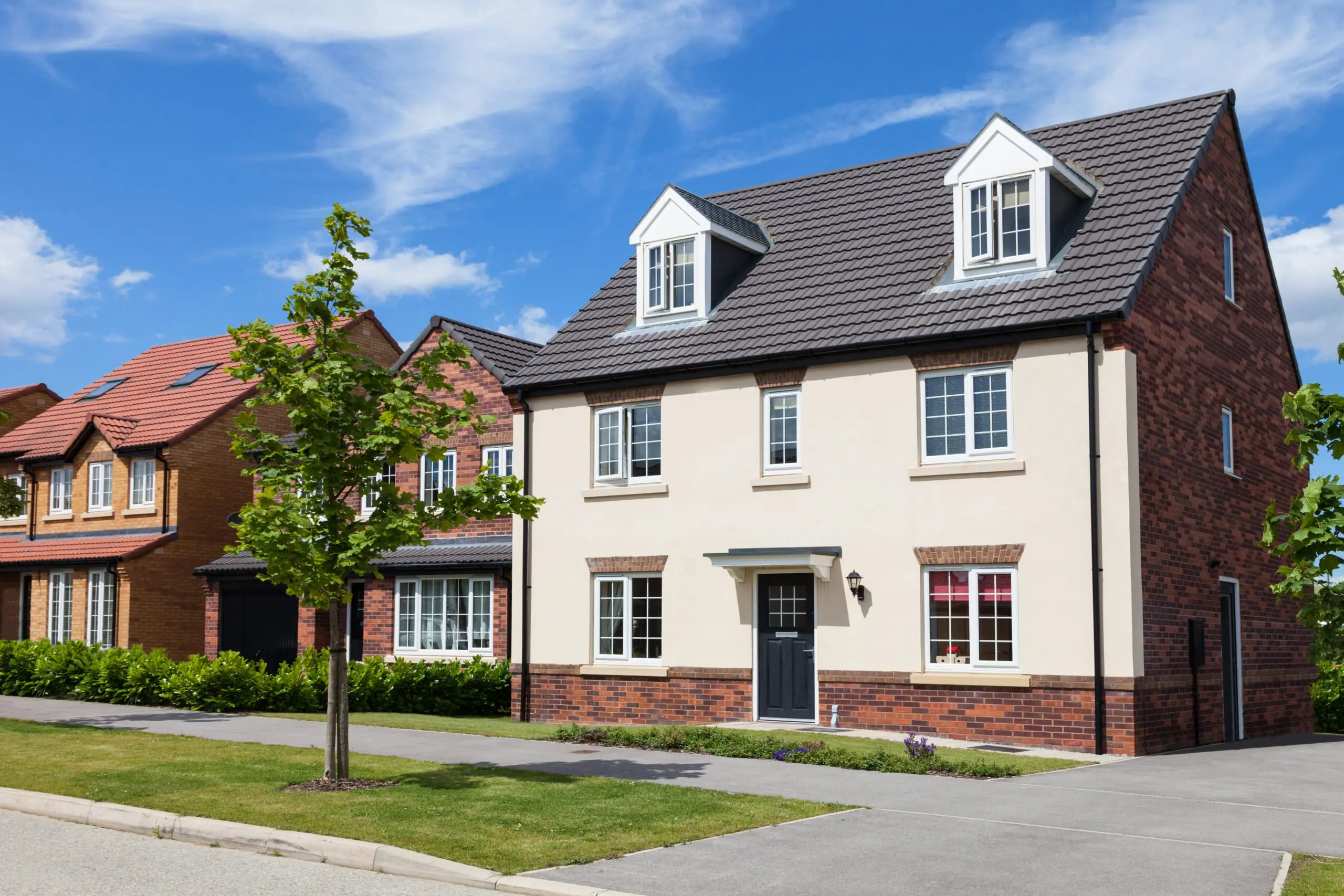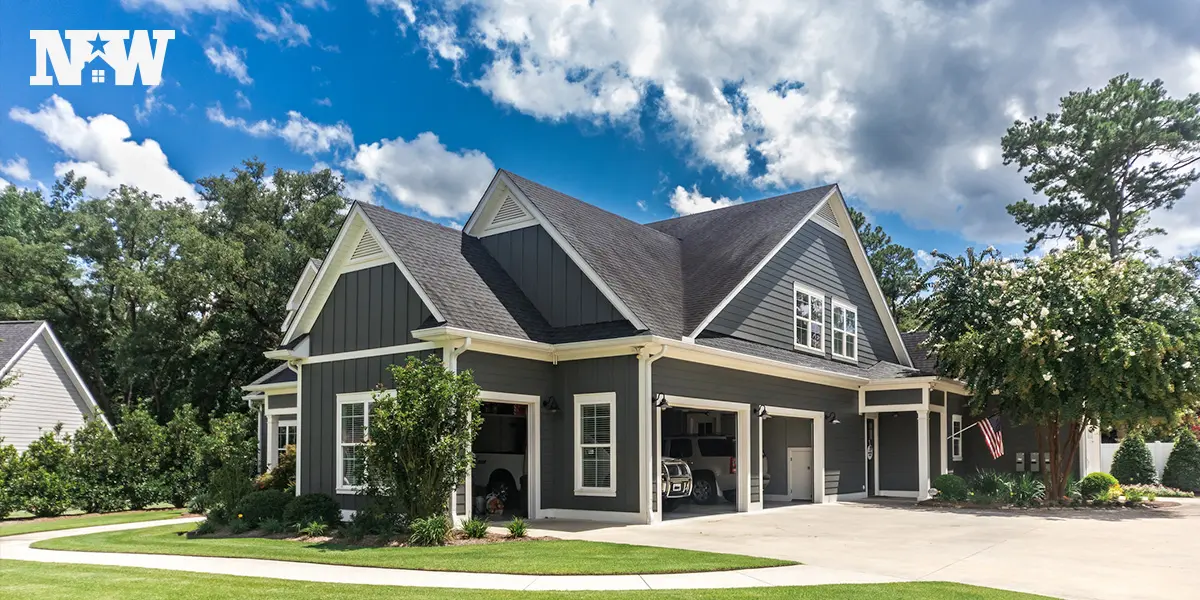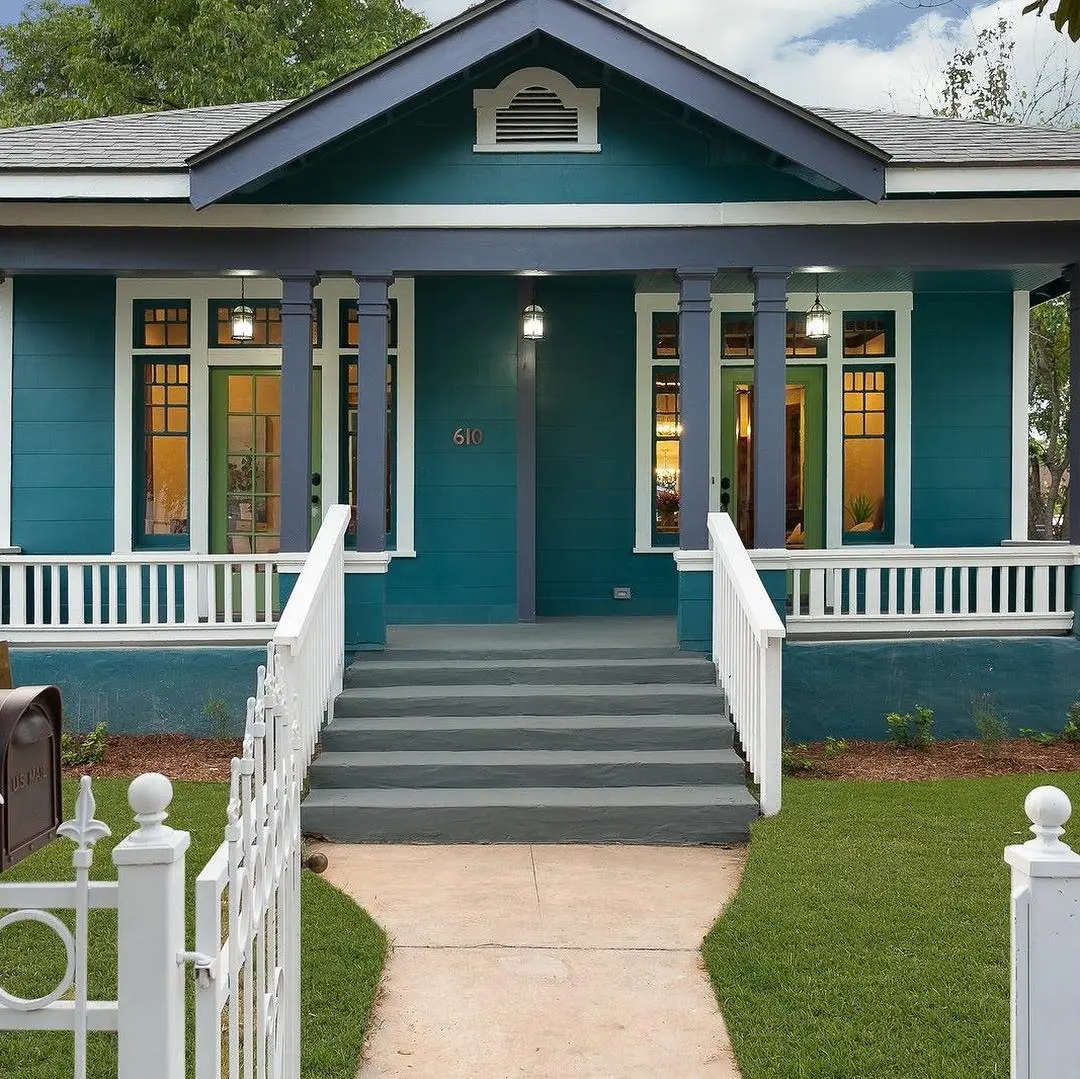Everywhere you look these days, people are going green — from sustainable food choices to recycled fashion, and even housing.
As an investor, you may be wondering if environmentally friendly houses are just a trend. But recent studies suggest that green attitudes and behavior are here to stay.
More than two-thirds of millennials seek out eco-friendly products. Sixty-six percent of consumers are willing to pay more for green products.
These numbers underlie that going green offers advantages to investors. Of course, there are obvious benefits to the environment.
But going green also meets the high demand for desirable, environmentally friendly houses — making you more money.
What Makes a Home Environmentally Friendly?
You may be wondering what, exactly, qualifies a home as eco-friendly.
Environmentally friendly housing incorporates construction techniques and materials that minimize a home’s carbon footprint and energy needs.
Eco-friendly materials help reduce the amount of pollution emitted into the air, water, and land. This may apply to the materials used to build or renovate a house.
It also includes the systems installed in the house and the way the house is built or modified.
For instance, for your next flip, you may choose building materials made from recycled plastic products like composite lumber, roof shingles, and insulation.
Sustainably grown hardwoods — such as black cherry, white ash, or maple — can be used for cabinetry, decking, furnishings, and flooring.
You may choose to install Energy Star appliances and systems in the house. These appliances use less energy, improving a home’s efficiency.
From HVAC systems to refrigerators, you may be able to apply for tax rebates for some energy-efficient choices.
Of course, you can choose to install solar panels on the roof to lower that monthly energy bill.

Finally, choose green when doing construction and renovation projects. You can use lower-VOC (volatile organic compounds) paints and stains.
You can make full use of natural light and airflow. You can install low-flow faucets and showerheads to cut back on wasted water.
These are just a few simple ways to go green without breaking the bank. Here are five reasons to go green with your next flip.
1. Demand for Environmentally Friendly Houses
Demand for environmentally friendly houses is on the rise. Recent research by the National Association of Realtors finds that more than 70 percent of real estate agents view energy efficiency as a highlight when showing houses. Sixty-one percent of realtors describe their clientele as interested in sustainability.
Homebuyers, in general, show a growing interest in environmentally friendly options. However, this greening trend is especially pronounced in the millennial generation, otherwise known as the next major wave of homebuyers.
Millennials — or those born between 1981 and 1996 — have grown up in a more eco-conscious world than past home buyers. As more millennials enter the home buying market, that focus is coming to the forefront.
Sustainable homes that are self-sufficient, make less of an impact on the environment and embody a low impact lifestyle are especially desirable.

Green millennials tend to look for homes that:
- Use fewer resources, such as water and power
- Are insulated with natural materials such as recyclables, straw, bamboo, earthbags, logs, and stones
- Require less maintenance
- Take advantage of natural resources such as wind, earth, and light
- Reduce waste
- Have a consistent temperature
- Contain higher air quality
2. Less Expensive Materials
Just because a house is eco-friendly doesn’t mean it has to be expensive. In fact, recycled and second-hand materials actually tend to cost less.
Of course, many building materials, such as concrete, bricks, and glass, can all be produced using recyclables. This can reduce both the energy requirements and emissions by as much as 90 percent.
But you can also use recycled and upcycled materials that you’ve used in a previous flip. Reusing building materials is a great way to save money while helping improve the environment. Flooring, beams, and more can often be repurposed into a new building.
3. Save Time
Buying locally produced and available materials can also help reduce a property’s carbon footprint. Sourcing your renovation materials from your local area both cut down on shipping times and costs, as well as uses less energy and resources to transport.
It may take a bit of time to learn new ways to use green materials. But once you figure out how to best utilize eco-friendly products and find them locally, you can save time on your flip, allowing you to cash out on your investment quickly and move on to your next project.
4. Increased Desirability and Demand
As more people become aware of and concerned about environmental impact, consumers’ desire for environmentally friendly housing will continue to grow. That means demand will continue to increase, as well.

One major selling point? Environmentally friendly houses tend to be better for tenants’ health.
Unfortunately, conventional building materials aren’t very good for humans. Toxins and other known carcinogens, such as volatile organic chemicals (VOCs), are found in cleaning supplies, paints, carpets, mattresses, plastic building materials, and more.
Another common health hazard lies in moisture build-up that’s common in traditional building materials. Excess moisture can lead to mold and mildew growth, which have been found to cause or exacerbate a range of health issues, from breathing problems to heart issues.
In contrast, green homes tend to use non- or low-VOC and moisture-resistant materials. These improve air quality and minimize human exposure to VOCs and other toxins.
5. Higher Asking Price
Environmentally friendly houses can cost about two to three percent more than conventional new construction if you watch your budget. However, the asking price of a green home can easily be 20 to 30 percent higher than a traditional home.
That’s because there’s a much higher demand than there is supply, according to HGTV
As a flipper, you can do a budget-friendly green remodel by focusing on:
- Using recycled or salvaged materials, such as secondhand lumber and used fixtures
- Refreshing, rather than remodeling
- Working with what you already have rather than replacing
- Maximizing light and air circulation through window placement
- Installing water-saving fixtures
- Investing in energy-efficient appliances
- Recycling unused building materials when your project is complete
When you’re ready to start on your next eco-friendly project, let New Western Acquisitions do the legwork. While you focus on sourcing materials and making your project green, we’ll do the heavy lifting: Finding the perfect flip for your needs.







